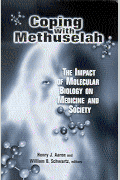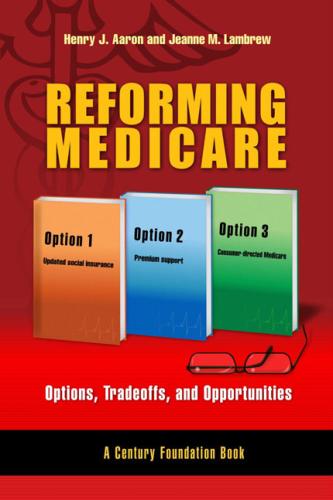What’s the latest in health policy research? The Essential Scan, produced by the USC-Brookings Schaeffer Initiative for Health Policy, aims to help keep you informed on the latest research and what it means for policymakers. If you’d like to receive the biweekly Essential Scan by email, you can sign up here.
A layered regulatory approach would improve provider network adequacy policy while encouraging flexibility to meet market demands and innovation in care delivery
Mark Hall and Paul B. Ginsburg argue that existing approaches to regulating provider network adequacy are often either inadequate for ensuring patient welfare or stifle provider competition and market innovation. The authors assert that while both qualitative and quantitative standards should be used as thresholds for network adequacy, a system for dispute resolution should be established to allow patients to seek authorization to go out of network for particular needs for highly specialized services. They conclude that this “layered approach” would diminish the need for excessive regulations and ease the administrative burden of overseeing network adequacy without harming enrollees. This approach could be used as a model for state and federal regulators currently revisiting network adequacy regulations. Full article here and corresponding Health Affairs Blog post here.
Using hospital “all-payer” rate setting to finance care for the uninsured exposes states to economic, legal instability
Jeffrey Clemens and Benedic Ippolito find that the success of hospital “all-payer” rate setting regimes was undermined by policymakers’ desires to use price regulations as a method of cost redistribution. The authors argue that this cost sharing created an economically and legally unstable environment to operate that could have been avoided by financing the uncompensated care that hospitals provide through other means. The authors point to this case study as an example of the Tinbergen Rule, which recommends that independent policy objectives be met with independent policy instruments. These findings could have broad implications for a number of modern health insurance practices– such as community rating regulations– that also pursue regulatory redistribution. Full article here.
Medicaid expansion increased psychotropic prescriptions by 22 percent between 2011 and 2016
 Johanna Catherine Maclean, Benjamin L. Cook, Nicholas Carson, and Michael F. Pesko find that the expansion of Medicaid that occurred under the Affordable Care Act increased prescriptions of psychotropic medications by 22 percent between 2011 and 2016 in states that expanded Medicaid compared to states that did not expand. These increases were largest for anti-depressants and anti-anxiety medications, 34 percent and 25 percent respectively, while no increases in prescription rates were observed for medications associated with more severe conditions such as anti-psychotics, mood stabilizers, and stimulants. Furthermore, the analysis shows these increases were primarily financed by Medicaid rather than patients. These findings indicate that the expansion of public insurance programs could be an effective tool for assisting low-income individuals who are most affected by mental illness. Full article here.
Johanna Catherine Maclean, Benjamin L. Cook, Nicholas Carson, and Michael F. Pesko find that the expansion of Medicaid that occurred under the Affordable Care Act increased prescriptions of psychotropic medications by 22 percent between 2011 and 2016 in states that expanded Medicaid compared to states that did not expand. These increases were largest for anti-depressants and anti-anxiety medications, 34 percent and 25 percent respectively, while no increases in prescription rates were observed for medications associated with more severe conditions such as anti-psychotics, mood stabilizers, and stimulants. Furthermore, the analysis shows these increases were primarily financed by Medicaid rather than patients. These findings indicate that the expansion of public insurance programs could be an effective tool for assisting low-income individuals who are most affected by mental illness. Full article here.
Childhood obesity raises annual medical expenditures by 159 percent; costs are borne almost entirely by third party-payers
 Adam I. Biener, John Cawley, and Chad Meyerhoefer find that obesity raises the annual medical expenditures for youths by $1,349, a number substantially higher than other studies have predicted. This finding implies that in 2013, obesity among 11-17 year-olds raised medical expenditures in the United States by $17.5 billion. The authors also find that 99.3 percent of the costs associated with youth obesity are borne by third party payers, which could provide the economic rationale for government interventions meant to reduce childhood and youth obesity. Full article here.
Adam I. Biener, John Cawley, and Chad Meyerhoefer find that obesity raises the annual medical expenditures for youths by $1,349, a number substantially higher than other studies have predicted. This finding implies that in 2013, obesity among 11-17 year-olds raised medical expenditures in the United States by $17.5 billion. The authors also find that 99.3 percent of the costs associated with youth obesity are borne by third party payers, which could provide the economic rationale for government interventions meant to reduce childhood and youth obesity. Full article here.










Commentary
The essential scan: Top findings in health policy research
September 21, 2017